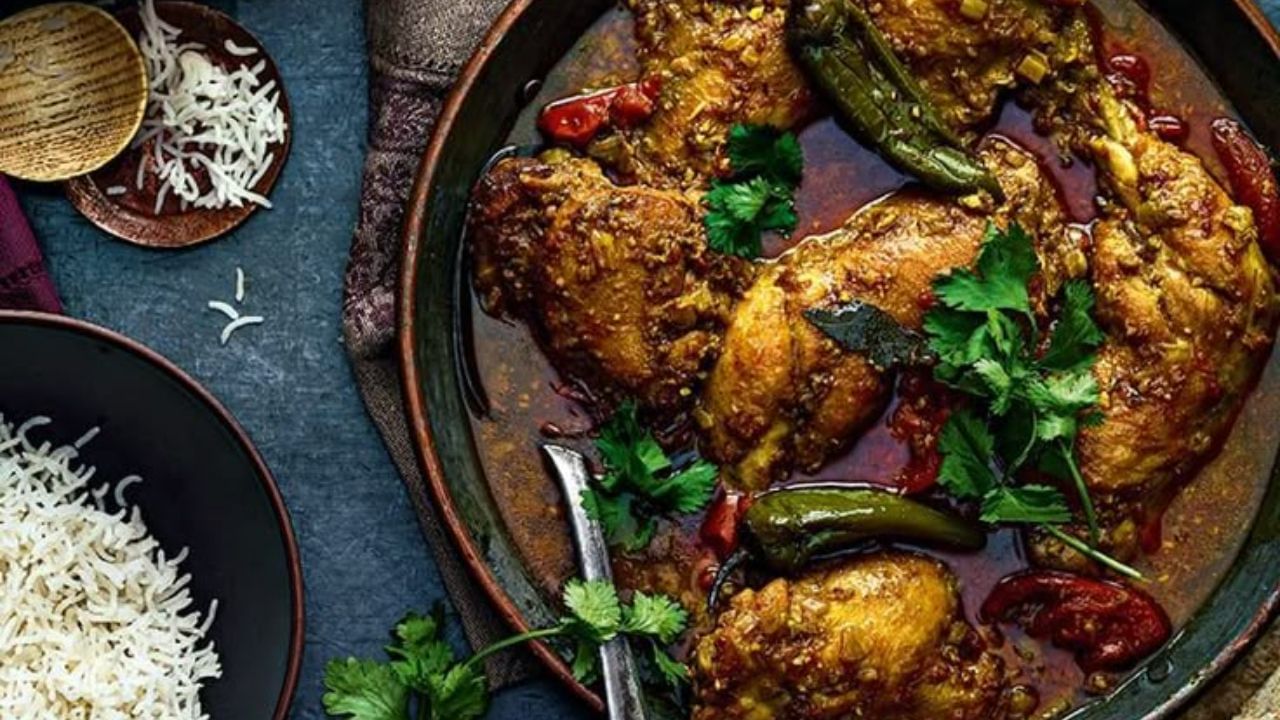New Delhi: Talk rustic, spicy, flavourful, slow cooking, smokiness or charcoal and tandoor with a soulful indulgence in curation as well as eating is all that makes Punjabi cuisine the most special and loved meal across the continents. The cuisine has always celebrated the seasonal produce, the magic of slow cooking for hours, bold spices, generous portions and the heart of celebrating it with all through community dining.
The authentic dishes embody a deep cultural significance with harvest, seasons and togetherness. However, with the modernisation entering the culinary scene in India, the soulful essence of Punjabi cuisine seems to be quietly fading. The rise of global fusion, Insta-friendly plating, and convenience-led dining has nudged Punjabi cuisine towards modernisation. Butter chicken is now foam, kulchas are stuffed with truffle oil, and gravies are pre-packed for speed.
Why Punjabi food needs a cultural comeback
Chef Sweety Singh shares that Punjabi food has lost its charm over time due to modernisation and fusion food coming into the scene, one meal that is prepared by our grandmothers or mothers at home, with simple ingredients, ghee, and other seasonal sources, which is now being replaced by the modern flavours of spices, ghee and butter. Ghee is the heart of Punjab, as a lot of milk production took place in Punjab back in the old days, making it a great source of healthy fats.
Ingredients necessary to cook Punjabi dishes
During the interaction at Punabi Food Festival at Spectra, the chef shared that there are only a few basic ingredients, such as salt, degi mirch, garlic, and mustard oi, that are the secret to a hearty Punjabi meal, along with traditional tandoors and slow cooking techniques used to enhance the flavours even better.
Slow cooking is one of the most important and used techniques in Punjabi cuisine, which was, in earlier days, used by our grandmothers to prepare. The simple dal prepared at home only uses minimal ingredients but is cooked for hours to blend the flavours of the pot used along with the earthiness of fire and creaminess, leaving the soul through dal cooking on the gas for hours.
Only the natural ways were used in earlier times, such as minimal use of ghee and hours of cooking to build flavours and bring out the smokeiness in food, which nowadays has been replaced by heavy creams, stale food and pre-prepared gravies along with lots of whole species to make it spicy for the recent palates.
Dessert and drink pairing with Punjabi Food
Chef Sweety Singh shared that Kesar Malai Lassi, Mango Lassi and any other variation of Lassi is the best pairing one can enjoy while having the traditional flavours of Punjabi cuisine, which helps enhance the flavours and also signifies the rich culture of Punjab.
The desserts, which will help improve your palate and end the courses on a sweeter note, are Gulab Jamun, Jalebi or Malpua, which can be best enjoyed with Punjabi food and make you feel the happiest with its deliciousness and simplicity.
From forgotten rural delicacies to heirloom recipes, there is a renewed push to preserve and promote the roots of Punjabi food in its truest form. As food lovers become more conscious and culturally curious, the spotlight must return to authenticity with a balance of innovation.
